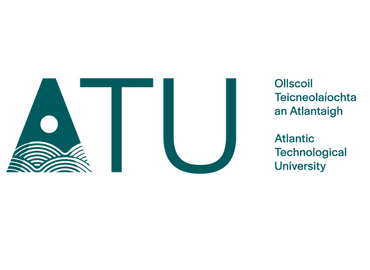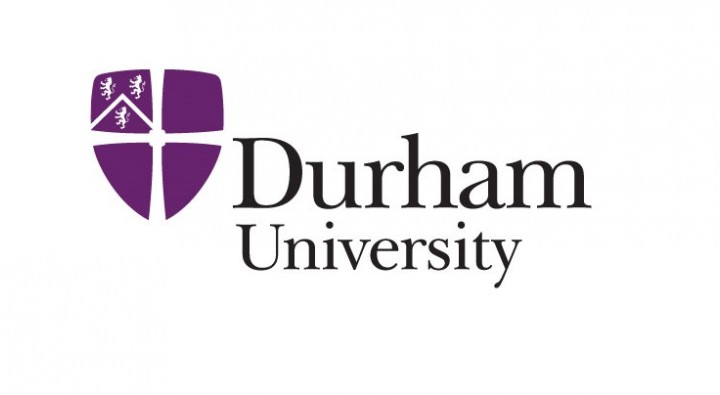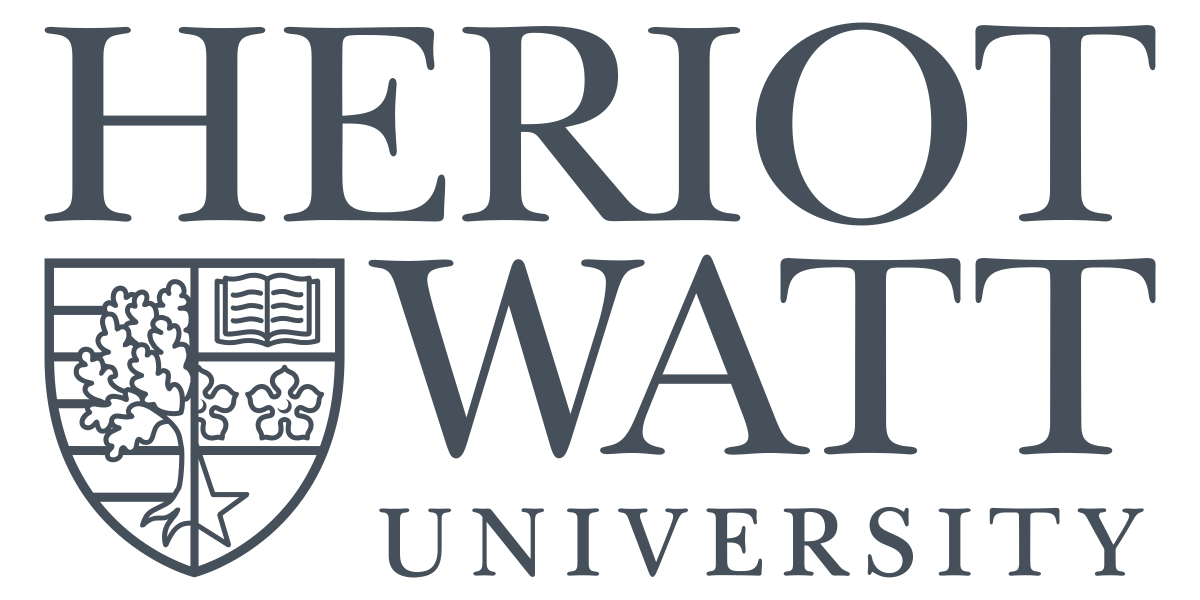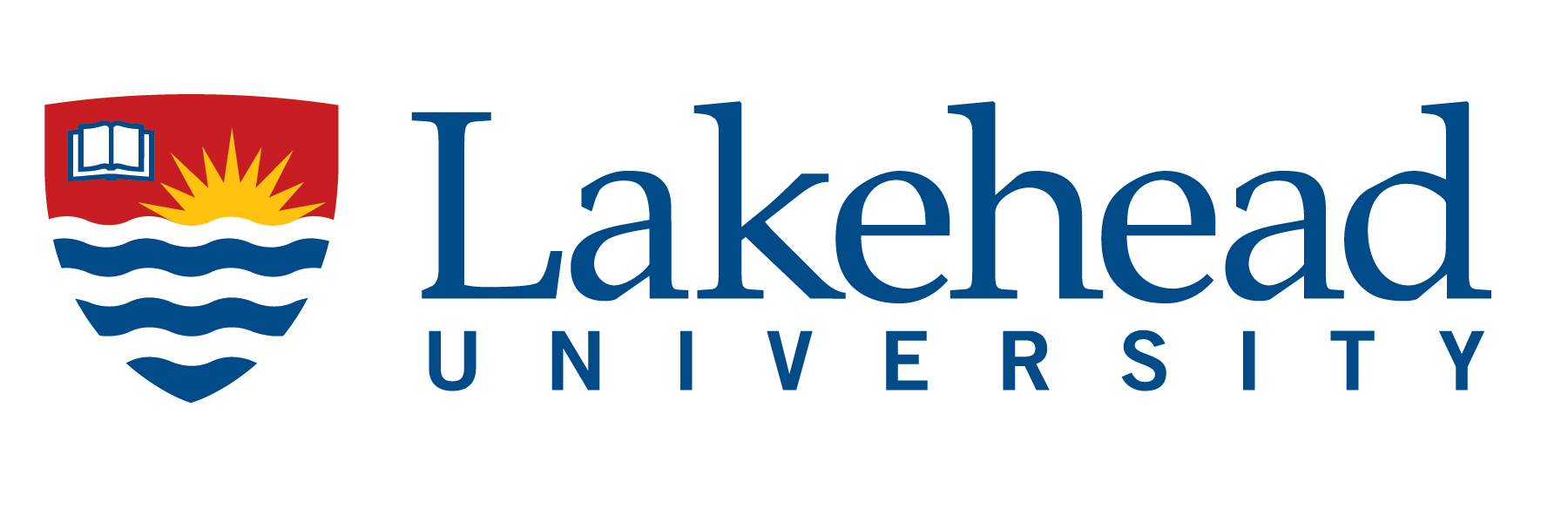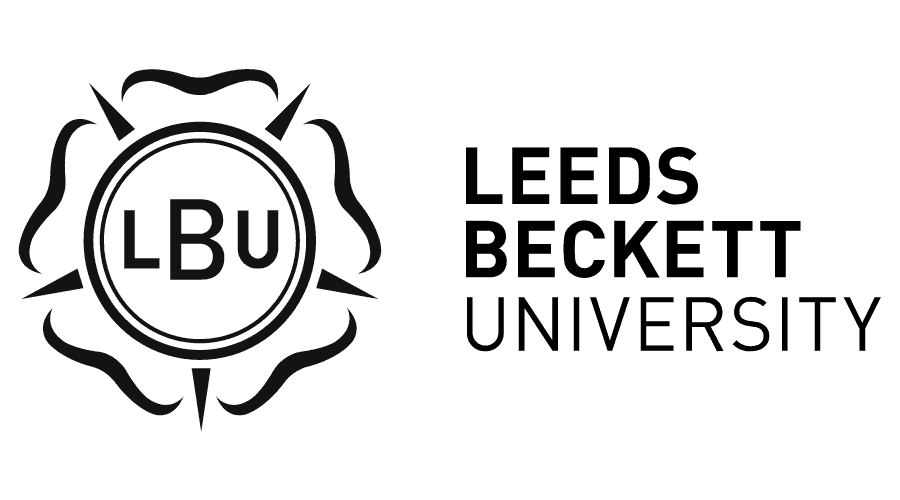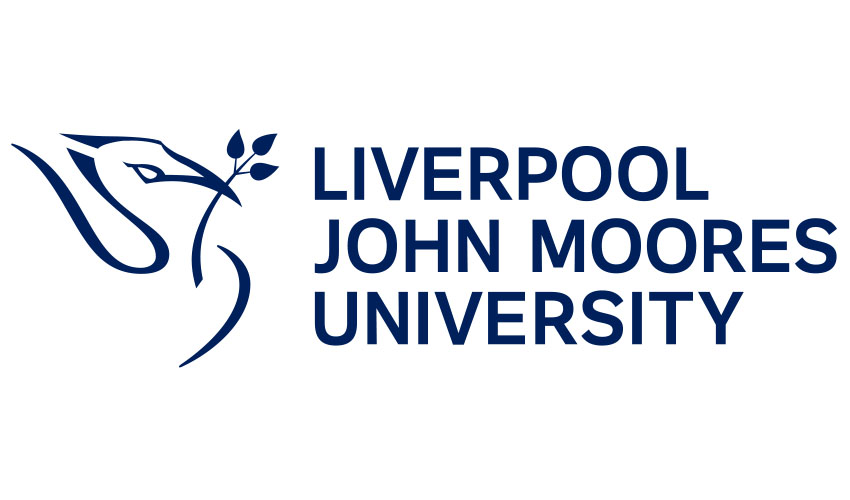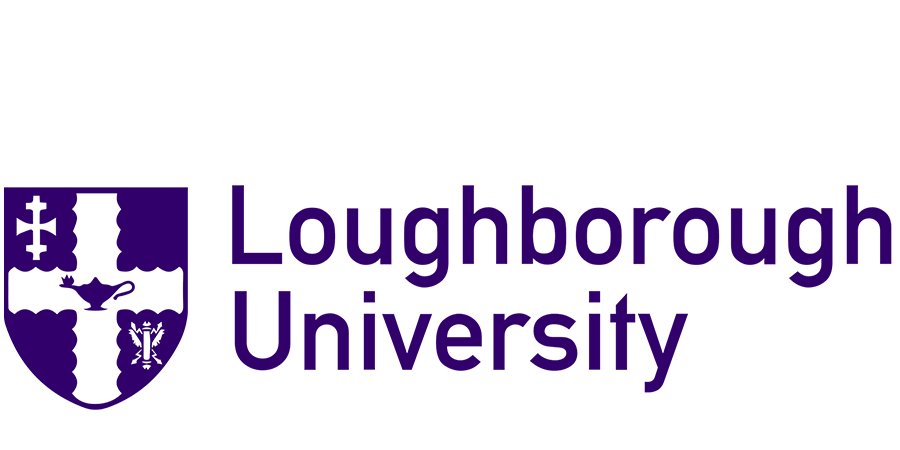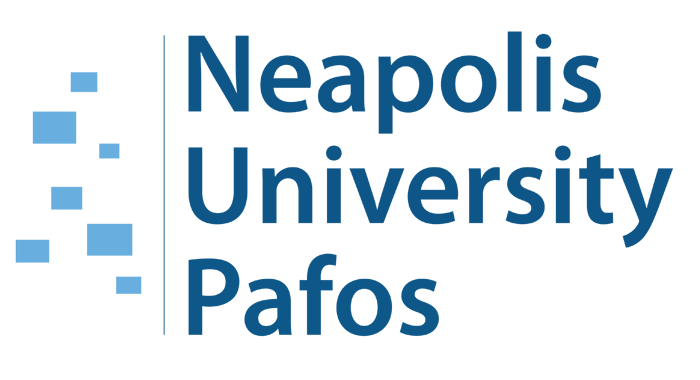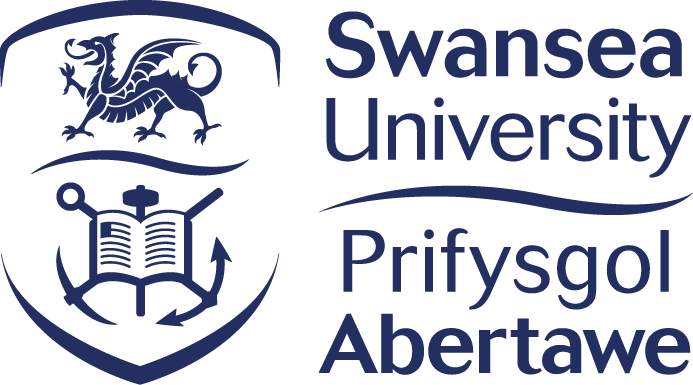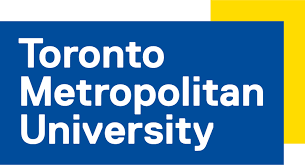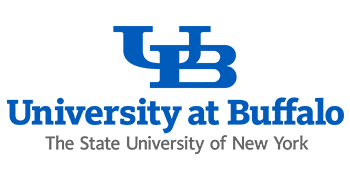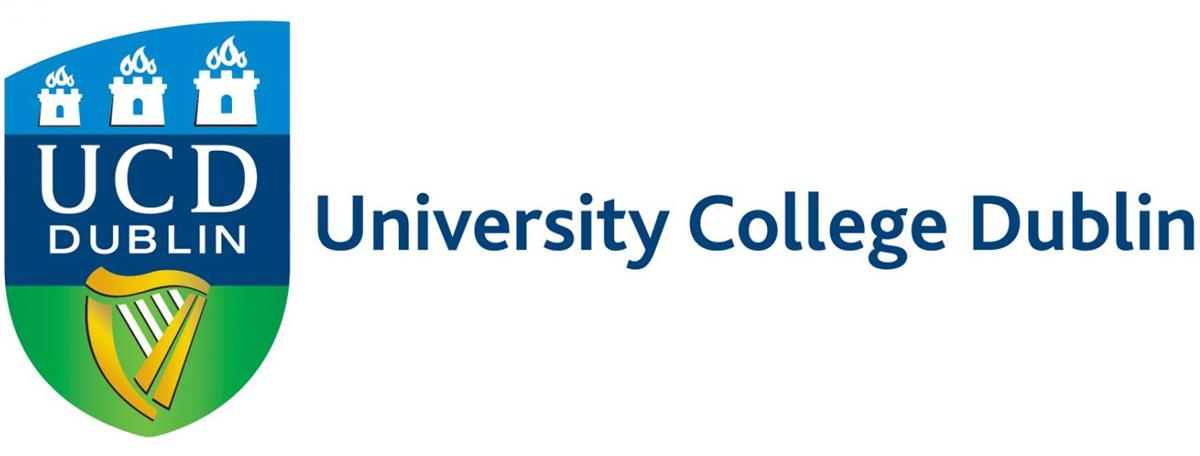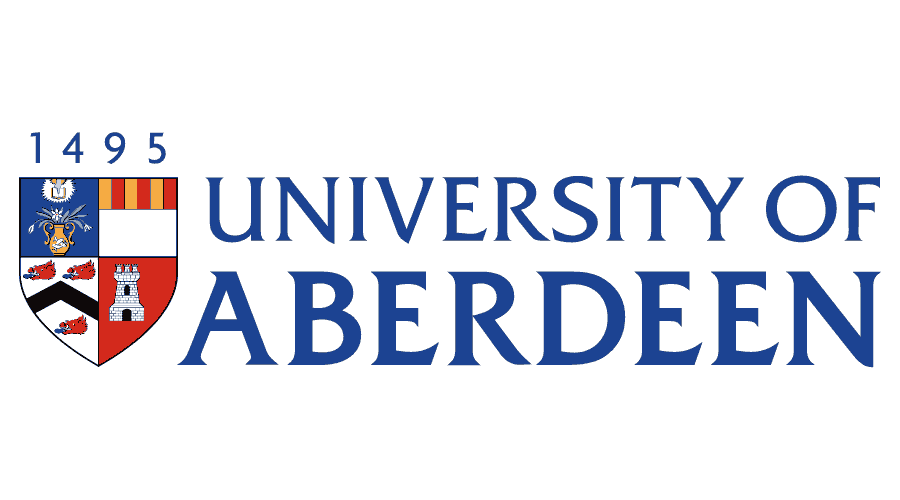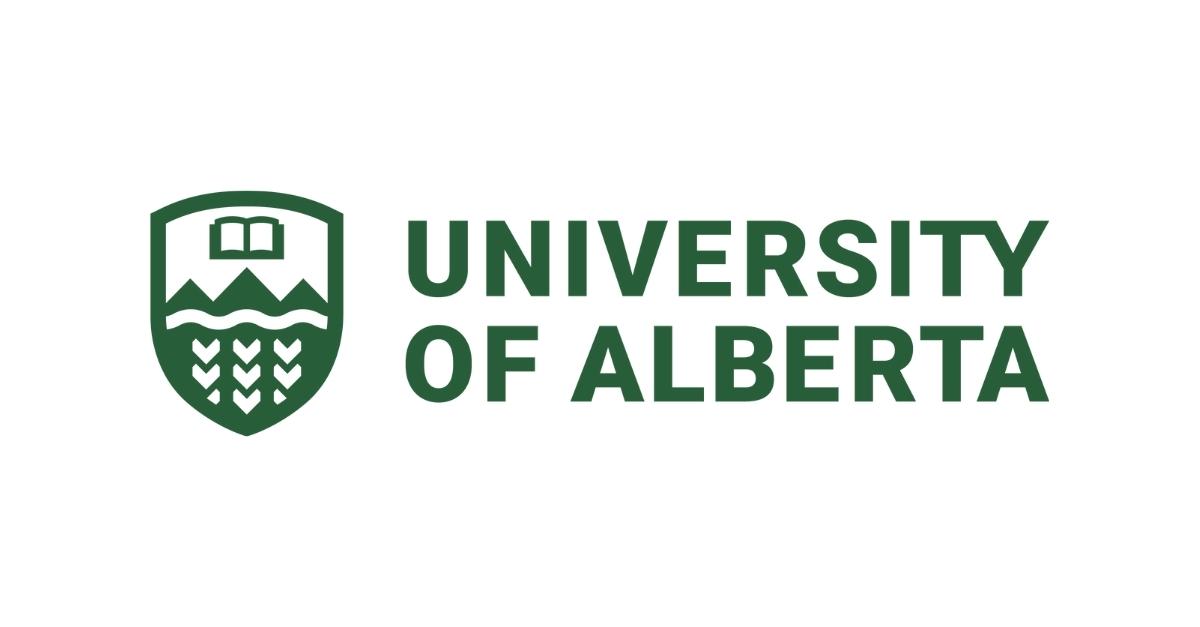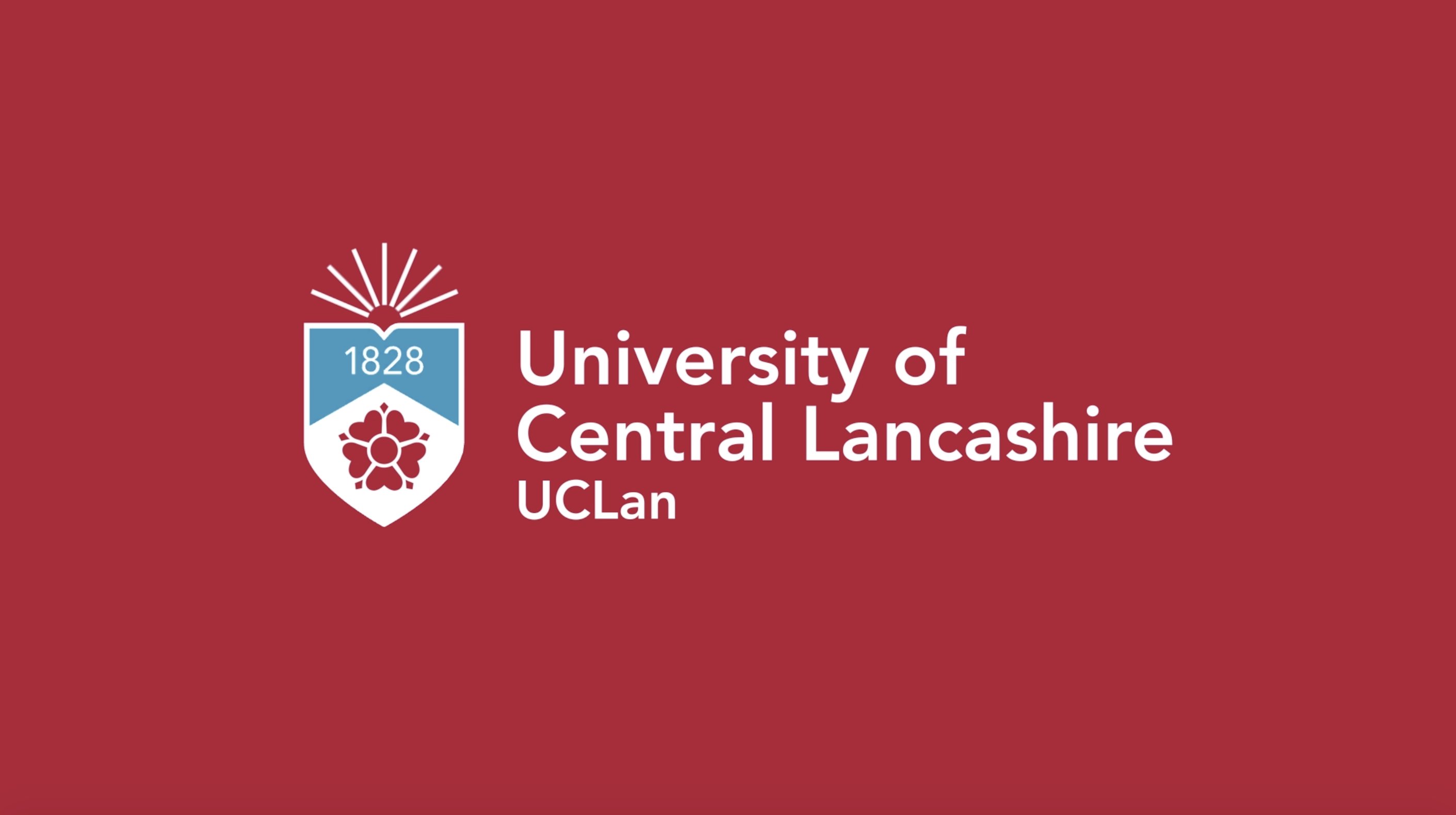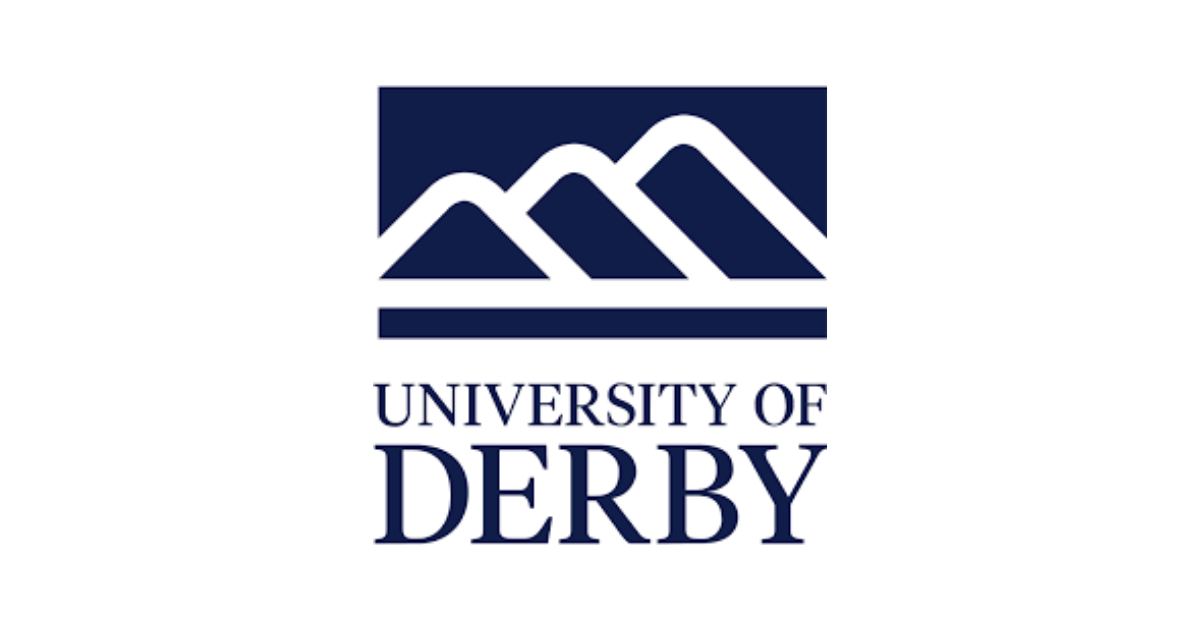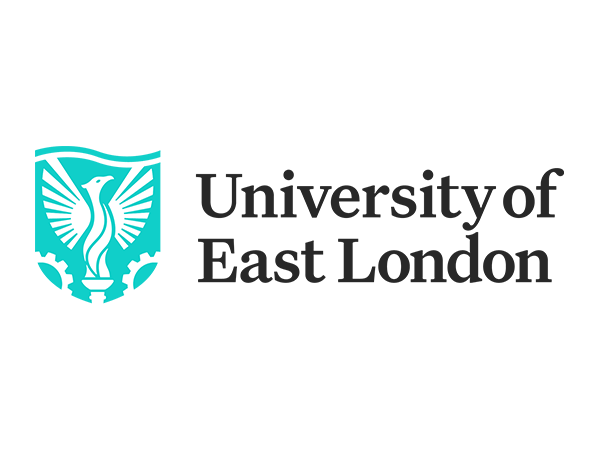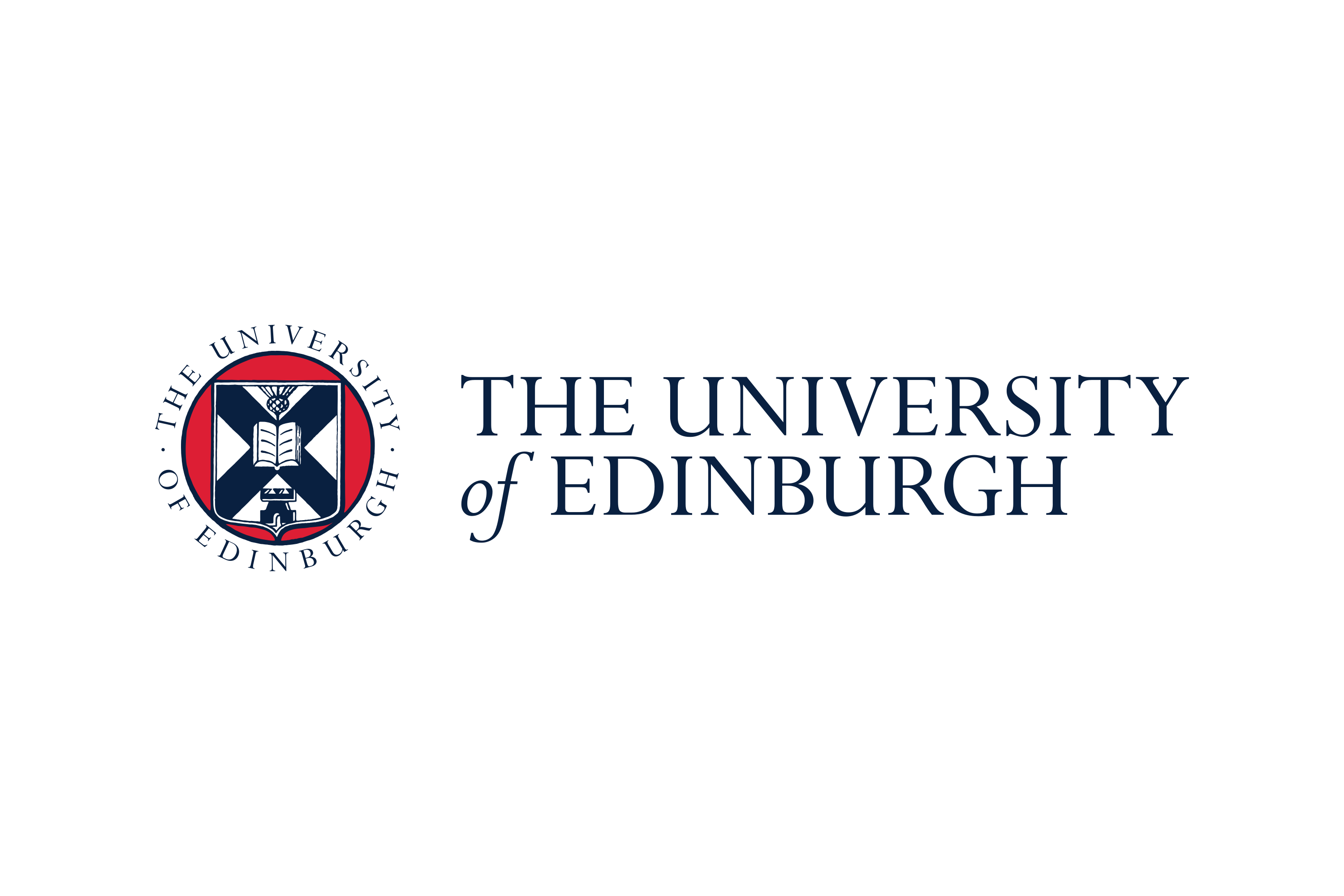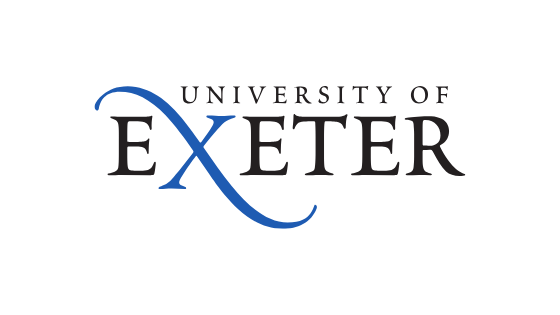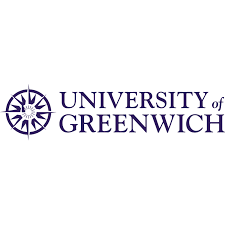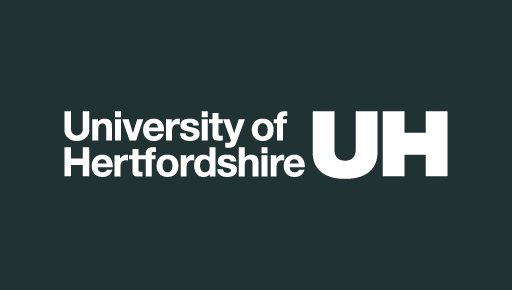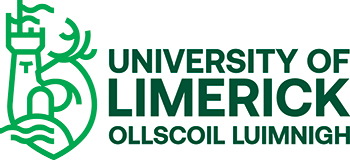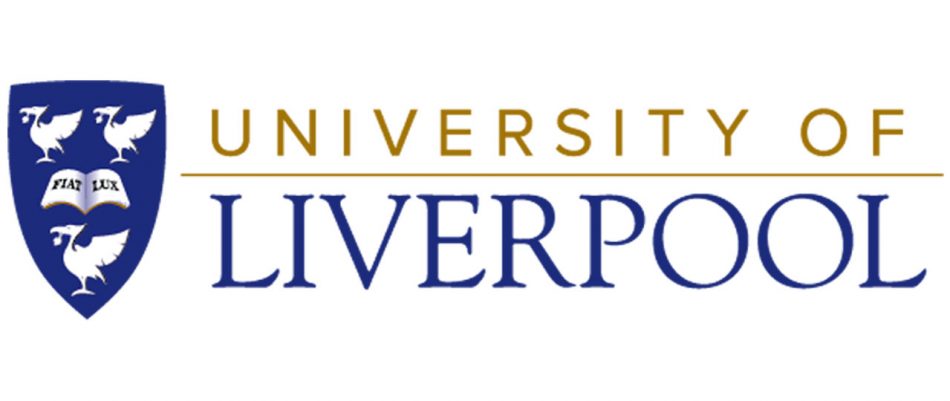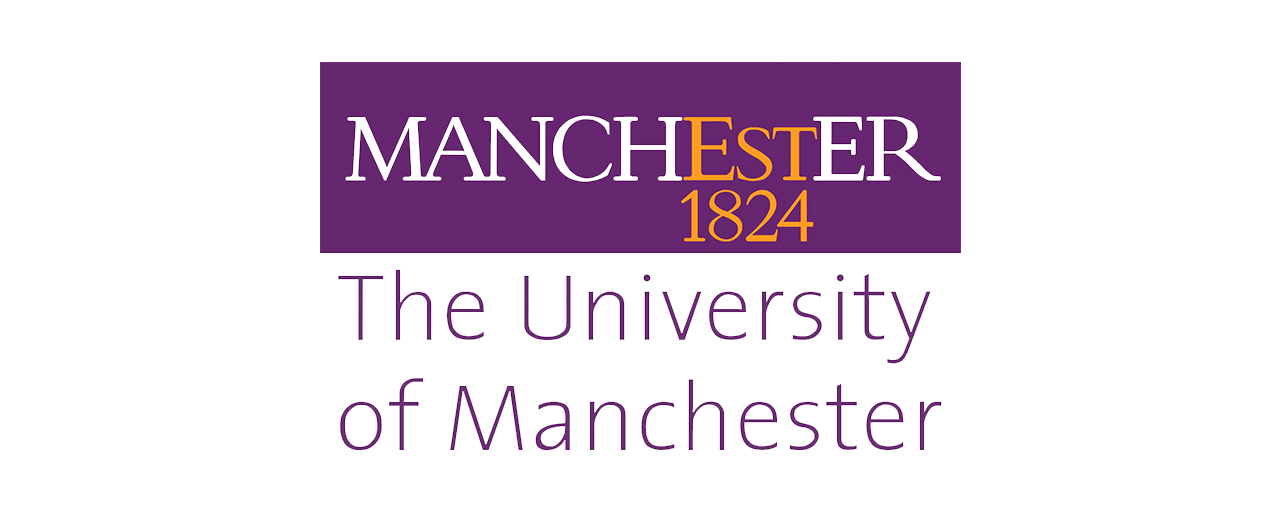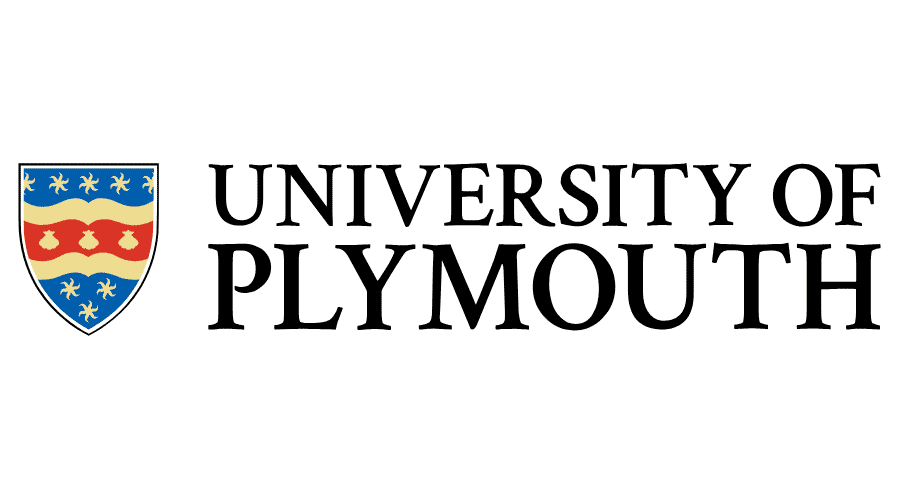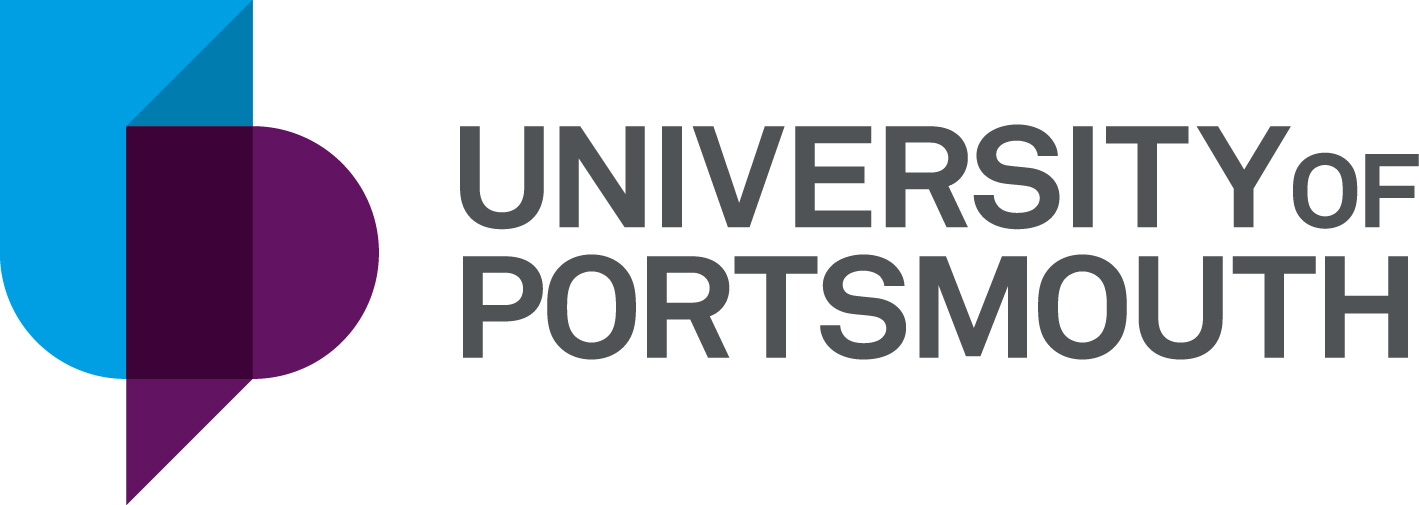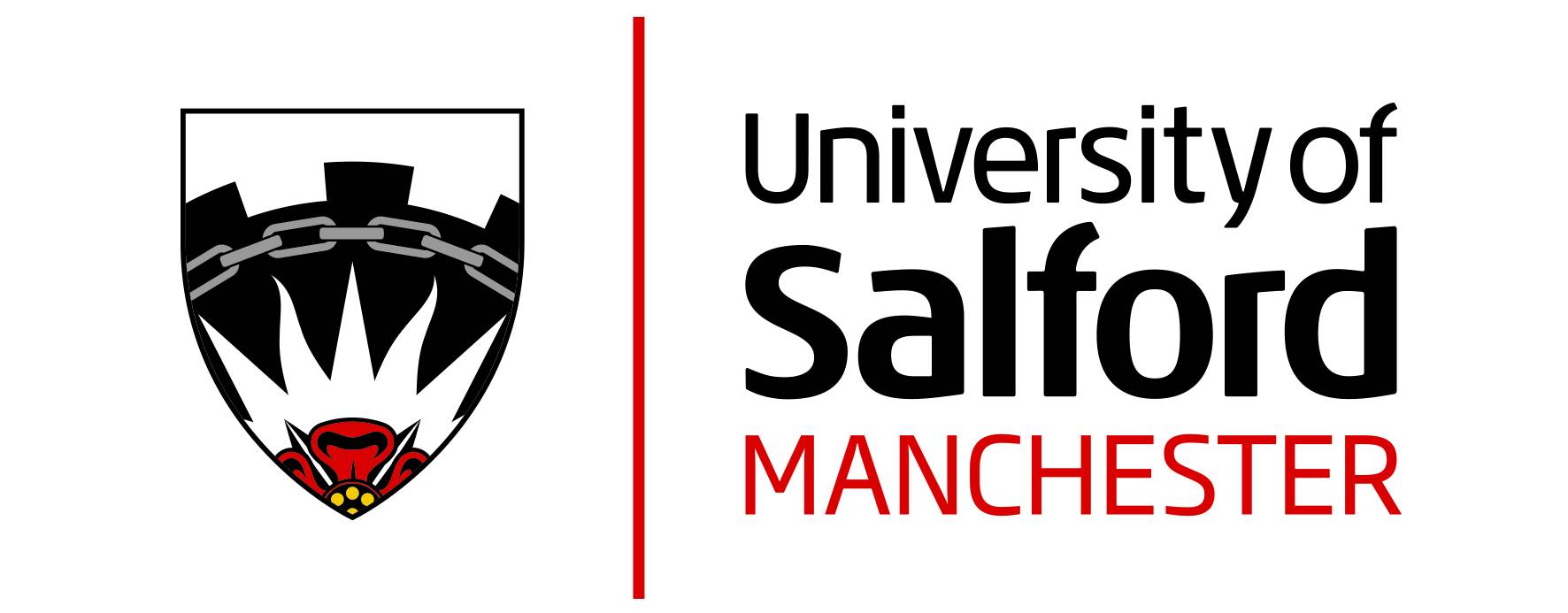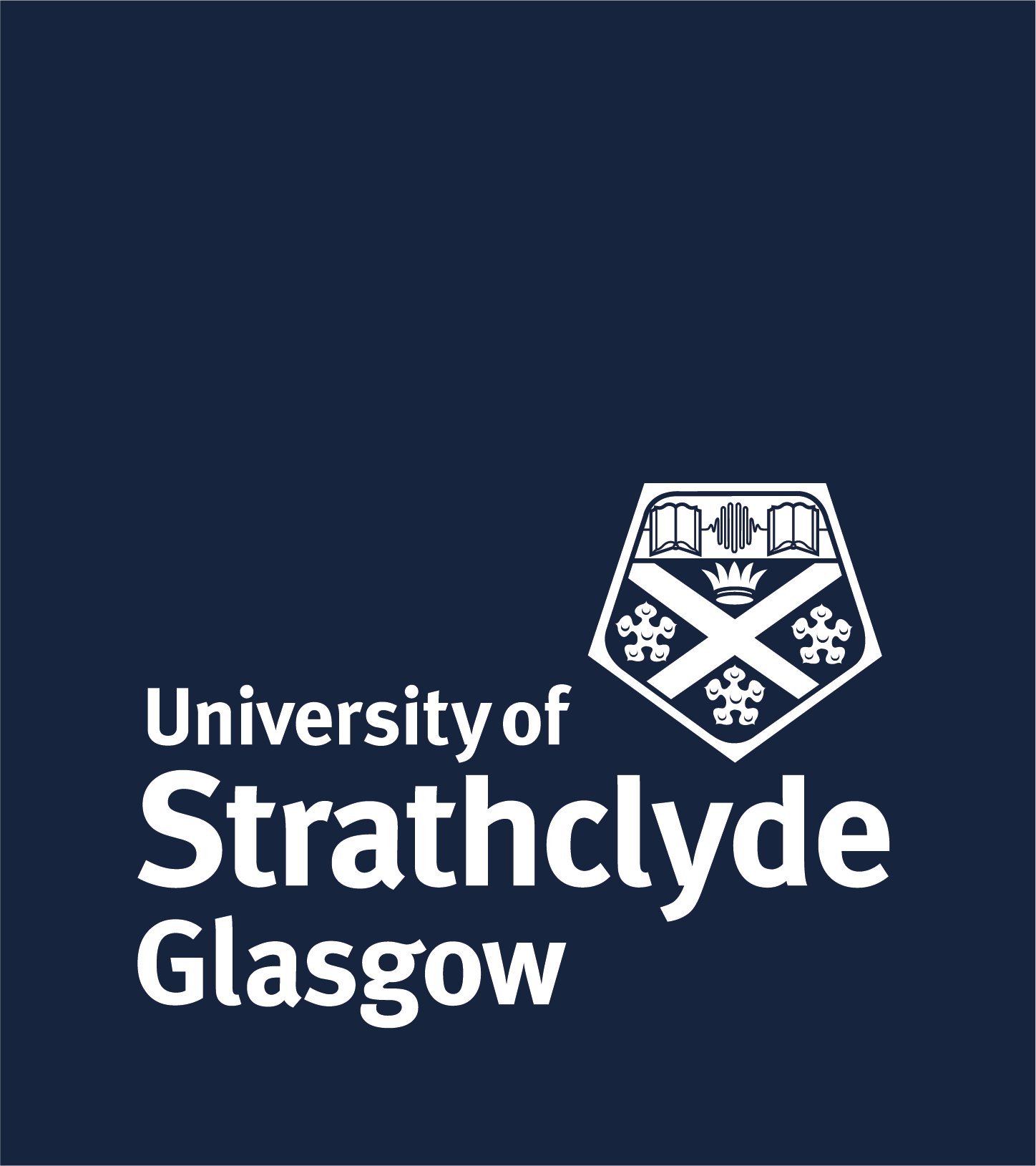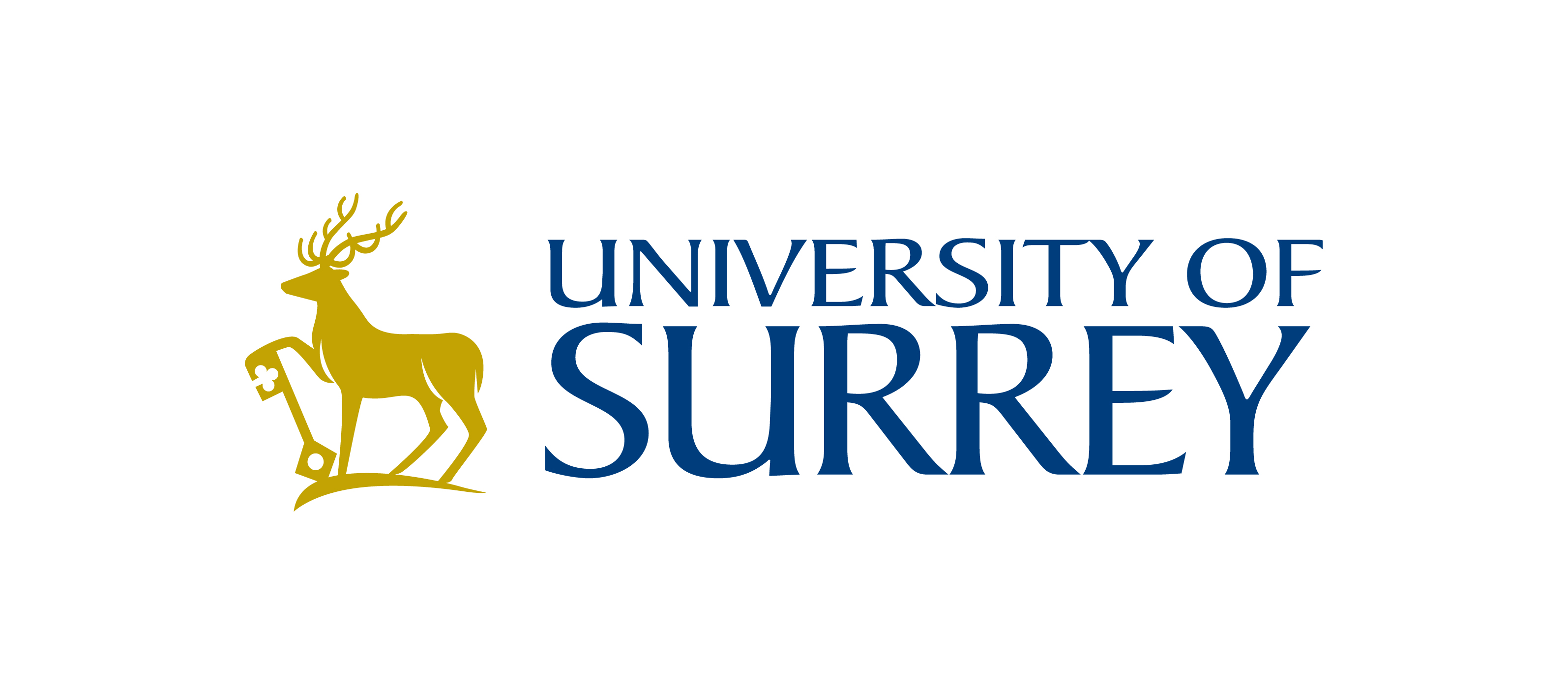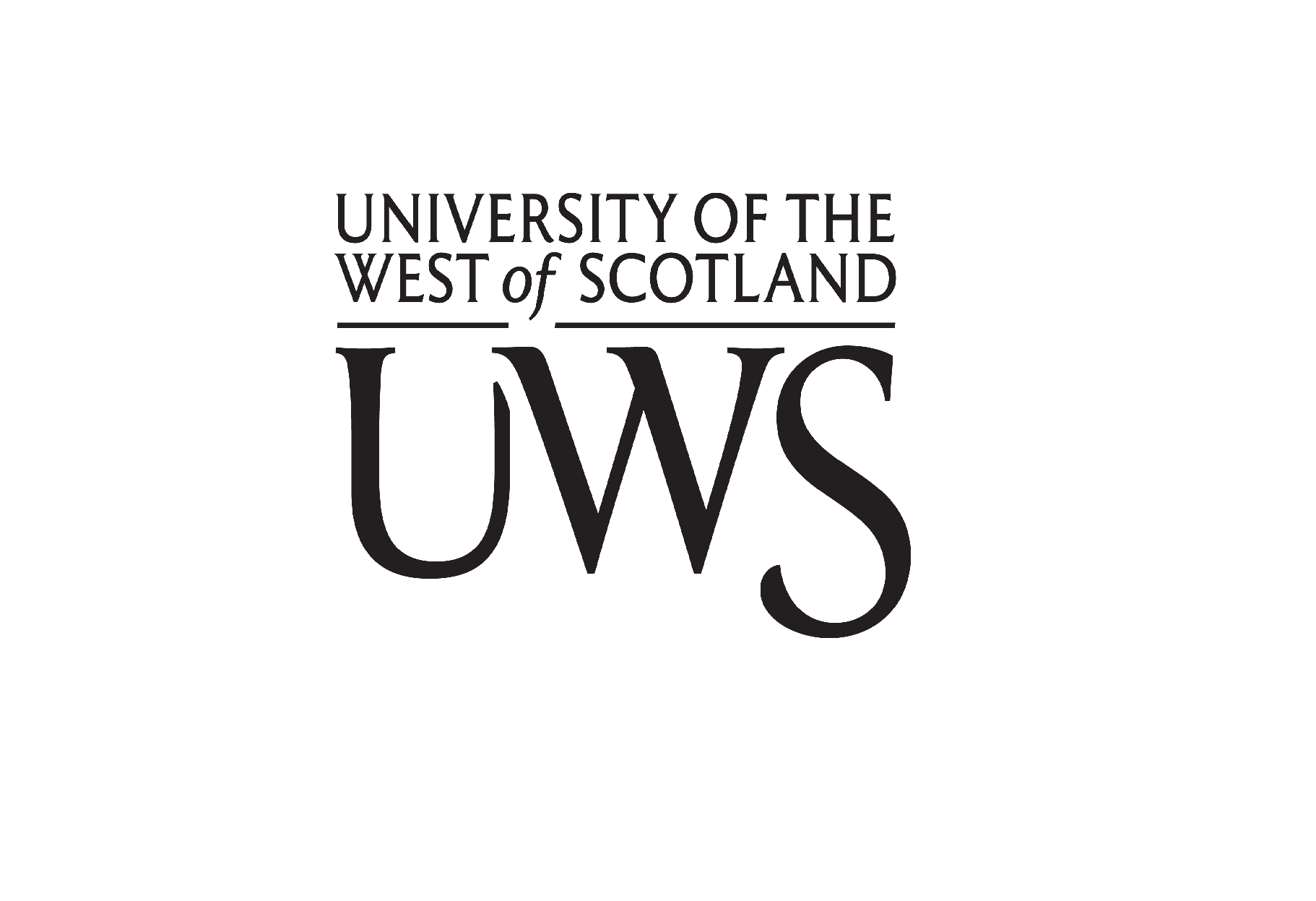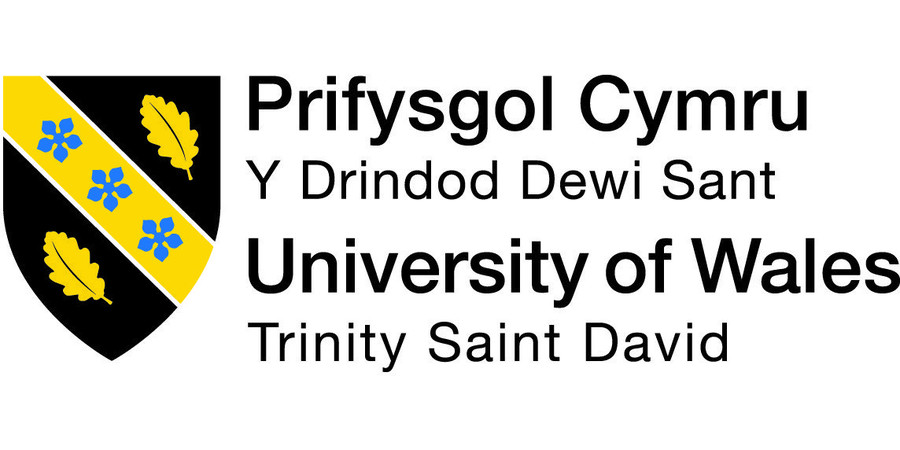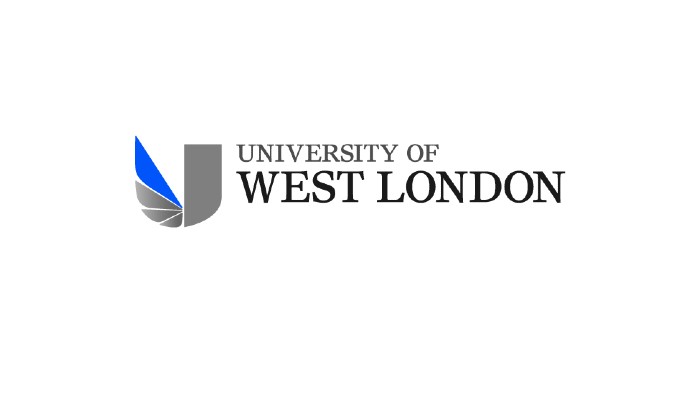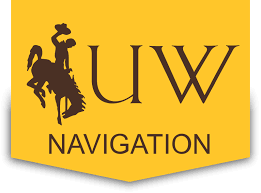Civil Engineering: Building the Future Abroad
Civil Engineering is the backbone of modern infrastructure, shaping cities, bridges, and sustainable environments worldwide. For Indian students aspiring to excel in this dynamic field, studying Civil Engineering abroad offers unparalleled opportunities to gain cutting-edge knowledge, international exposure, and hands-on experience. Whether you're passionate about designing skyscrapers or developing eco-friendly transportation systems, pursuing a degree abroad can propel your career to new heights.
Why Choose Civil Engineering?
Civil Engineering encompasses the design, construction, and maintenance of the built environment. From roads and railways to water supply systems and dams, civil engineers play a crucial role in addressing global challenges like urbanization and climate change. In India, with rapid infrastructure growth under initiatives like Smart Cities and Make in India, the demand for skilled civil engineers is skyrocketing. However, studying abroad equips you with advanced technologies, research opportunities, and a global perspective that can make you a leader in the industry.
- Innovation-Driven Curriculum: Abroad programs emphasize sustainable engineering, BIM (Building Information Modeling), and AI in construction—skills rare in traditional Indian syllabi.
- Practical Training: Access to state-of-the-art labs, internships with top firms like AECOM or Arup, and real-world projects.
- Global Network: Collaborate with diverse peers and professors, enhancing your resume for multinational opportunities.
- Higher Earning Potential: Graduates from abroad often secure salaries 2-3 times higher than domestic counterparts, with starting packages in India exceeding ₹10-15 lakhs per annum.
Top Destinations for Studying Civil Engineering
Choosing the right country is key for Indian students. Factors like quality of education, post-study work visas, and cultural adaptability matter. Here's a comparison of popular destinations:
| Country | Top Universities | Average Tuition (per year, in INR) | Post-Study Work Visa | Why Ideal for Indians? |
|---|---|---|---|---|
| USA | MIT, Stanford, UC Berkeley | 25-40 lakhs | OPT (1-3 years) | World-class research; strong alumni network in India. |
| UK | Imperial College London, University of Manchester | 20-30 lakhs | Graduate Route (2 years) | Short 1-year Master's; proximity to Europe for travel. |
| Canada | University of Toronto, UBC | 15-25 lakhs | PGWP (up to 3 years) | Affordable living; easy PR pathways for skilled workers. |
| Australia | University of Melbourne, UNSW | 20-35 lakhs | Temporary Graduate Visa (2-4 years) | Focus on sustainable engineering; vibrant Indian community. |
| Germany | Technical University of Munich, RWTH Aachen | Free or low (5-10 lakhs) | 18 months job search | Tuition-free public unis; strong engineering heritage. |
These countries offer accredited programs recognized by bodies like ABET (USA) or ICE (UK), ensuring your degree holds value back in India or globally.
Popular Universities and Programs
Selecting a university with a strong civil engineering department is essential. Here are some standout options tailored for Indian students:
- Massachusetts Institute of Technology (MIT), USA: Renowned for its MS in Civil and Environmental Engineering. Focus on computational modeling and urban planning. Indian students benefit from scholarships like the MIT-India Initiative.
- Imperial College London, UK: Offers MSc in Civil Engineering with streams in structures or geotechnics. The 1-year duration suits those eager to return to India's booming construction sector.
- University of Toronto, Canada: BEng/MASc in Civil Engineering emphasizes sustainability—perfect for tackling India's water scarcity issues. Co-op programs provide paid internships.
- University of New South Wales (UNSW), Australia: BE in Civil Engineering includes fieldwork in seismic design, relevant to India's earthquake-prone regions.
- RWTH Aachen University, Germany: MSc in Civil Engineering is tuition-free, with English-taught options. Specialize in transportation engineering, aligning with India's metro expansions.
Most programs last 3-4 years for Bachelor's and 1-2 years for Master's. Indian students often opt for Master's after a BTech from IITs or NITs to specialize further.
Course Structure and Curriculum
A typical Civil Engineering program abroad is rigorous yet flexible, blending theory, labs, and projects. Expect a mix of core and elective modules:
- Core Subjects: Structural Analysis, Fluid Mechanics, Geotechnical Engineering, Construction Management.
- Advanced Topics: Earthquake Engineering, Environmental Impact Assessment, Smart Materials, and GIS for Infrastructure.
- Practical Components: Design studios, site visits, and capstone projects where you might simulate building a sustainable bridge or urban drainage system.
- Soft Skills: Courses in project management (PMP certification prep) and ethics, crucial for leading teams in India.
For instance, at Stanford, you'll use software like AutoCAD and Revit, while at UBC, fieldwork includes surveying in diverse terrains. Indian students appreciate the emphasis on sustainable practices, directly applicable to projects like the Ganga River cleanup.
Eligibility and Admission Requirements for Indian Students
Gaining admission requires preparation, but it's achievable with a strong academic background:
- Academic Qualifications: Bachelor's applicants need 10+2 with Physics, Chemistry, Math (PCM) at 60-70% from CBSE/ICSE. For Master's, a BTech in Civil Engineering with 7.0+ CGPA.
- Standardized Tests: GRE for USA/Canada (target 300+ score); IELTS/TOEFL (6.5+ bands/90+ score) for English proficiency. Some unis waive GRE for Indians.
- Documents Needed: SOP (Statement of Purpose) highlighting your interest in civil engineering and why abroad; LORs from professors; resume showcasing internships (e.g., at L&T or Tata Projects).
- Application Deadlines: Fall intake (Sept) deadlines in Dec-Jan; Spring (Jan) in Sept-Oct. Apply via university portals or Common App (USA).
Tip: Highlight your exposure to Indian infrastructure challenges in your SOP to stand out.
Career Opportunities After Graduation
Studying Civil Engineering abroad opens doors to lucrative careers. With India's infrastructure spending projected at $1.4 trillion by 2025, returning graduates are in high demand.
- In India: Roles at PSUs like ONGC or private firms like Shapoorji Pallonji. Average salary: ₹8-20 lakhs for freshers, rising to ₹50+ lakhs with experience.
- Abroad: Work as a structural engineer in the USA (median $88,000/year) or consultant in the UK. Post-study visas allow 1-3 years to gain experience.
- Emerging Fields: Sustainable development, disaster management, and smart cities—aligning with global goals like UN SDGs.
- Entrepreneurship: Many alumni start consultancies, leveraging international expertise for Indian projects.
Professional certifications like PE (Professional Engineer) in the USA or Chartered Engineer in the UK boost employability.
Scholarships and Financial Aid
Funding is a concern for Indian students, but numerous options exist:
- University-Specific: MIT's need-based aid covers up to 100% for deserving candidates; UNSW offers International Student Awards (AUD 10,000).
- Government Scholarships: Fulbright-Nehru (USA), Chevening (UK), Vanier Canada Graduate (CAD 50,000/year).
- Indian Schemes: JN Nehru Memorial Fund, Inlaks Shivdasani Foundation—up to ₹10-15 lakhs for abroad studies.
- Part-Time Work: 20 hours/week allowed in most countries, earning £8-15/hour to offset costs.
Tuition and living expenses total ₹20-50 lakhs for a Master's, but scholarships can reduce this by 50-100%.
Visa Process and Tips for Success
Securing a student visa is straightforward with proper documentation:
- Apply After Admission: Use F-1 (USA), Tier 4 (UK), or Study Permit (Canada).
- Required Docs: Offer letter, financial proof (₹15-20 lakhs bank balance), passport, and health insurance.
- Interview Prep: Be ready to discuss your study plans and ties to India (e.g., family, job prospects).
- Common Pitfalls to Avoid: Incomplete forms or weak financials—consult agents like IDP or British Council for guidance.
Success rate for Indian students is high (80-90%) if applications are thorough.
Embark on Your Civil Engineering Journey Abroad
Studying Civil Engineering abroad isn't just about a degree—it's about building a global career while contributing to India's development. With world-class education, diverse experiences, and robust support systems, Indian students are well-positioned to thrive. Start exploring applications today and construct the foundation for your future success. For personalized guidance, connect with our study abroad counselors.





